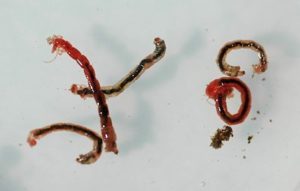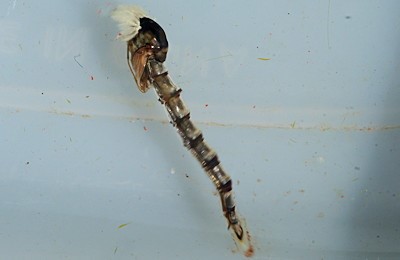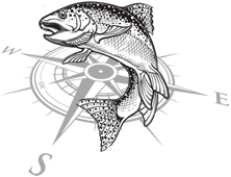Midge (Chironomid) Larva Midge (Chironomid) Pupa


The Chironomid or Midge is arguably one of the most important food sources for trout. Coming from the order Diptera which is a family of aquatic insects that have split wings. Members of that family are mosquitos, crane flies, and black flies. They are often mistaken as being mosquitos, and in effect look much like a mosquito. What makes the Chironomid or Midge different from a mosquito are three things. A mosquito has a season, usually late spring through summer, mosquito larva needs surface oxygen to survive, and mosquitos will bite you. By comparison, Midges have no season, they emerge or hatch 365 days a year, they live in mud on the bottom and not at the surface and will not bite you.
By reputation the Chironomid or Midge can be very small ranging in sizes from size 16 to size infinity. The sheer variety is sizes reflect the many varieties and species living in the river. On the Owyhee River in Oregon, depending on which study you’re reading, there are between 20 and 28 thousand aquatic insects per square meter and I would have to say up to 80 percent of those bugs are Chironomid. The sheer density of the midge in many western rivers can often make fly fishing a Midge hatch difficult or technical to many unfamiliar fly anglers. Chironomids or Midges are so plentiful in our rivers because they produce multiple broods or multiple emergences per year. Most fly anglers believe, and in many instances, they are correct believing most aquatic insects have only one life cycle per season. The bug lays it’s eggs, becomes a nymph, emerges to become a winged adult, lays its eggs and then die and a new life cycle begins. This may happen only once a year. Not so with the Chironomid. The Chironomid or Midge will go through its life cycle up to four times a year or more. This enables the Midge to vary is size from size 16 to size 24. Smart anglers learn to carry numerous Midge patterns in various sizes. Depending on what river you’re fishing, Midges can make up from 50 to 60 percent of a trout’s diet and up to 95 percent of Its diet during the winter.
During the winter most if not all aquatic bugs have stopped emerging or have already emerged and have completed their life cycle. Not the Chironomid or Midge. Remember the Chironomid or Midge can emerge 365 days of the year. Knowing that little bit of information you should probably know the easiest time of year to fly fish. Yes, that would be winter. Why? Because if you see trout rising in the winter they are actively feeding on an aquatic insect and that aquatic insect is most likely the Midge.

